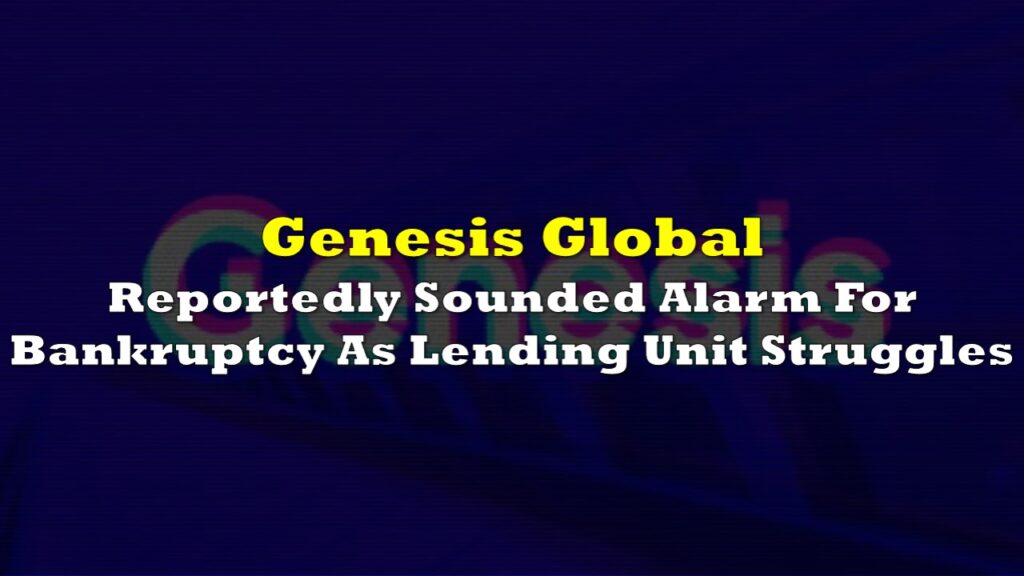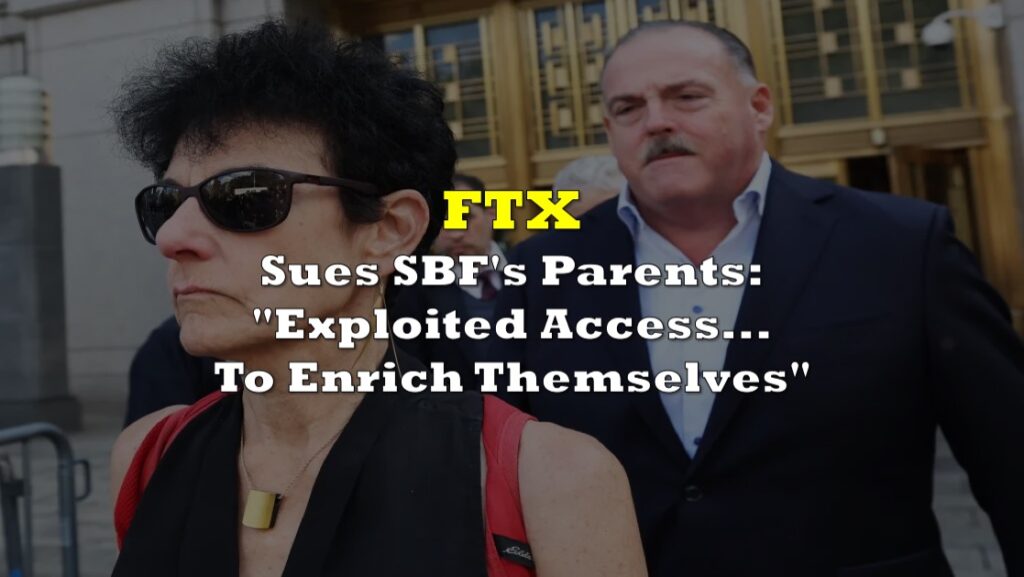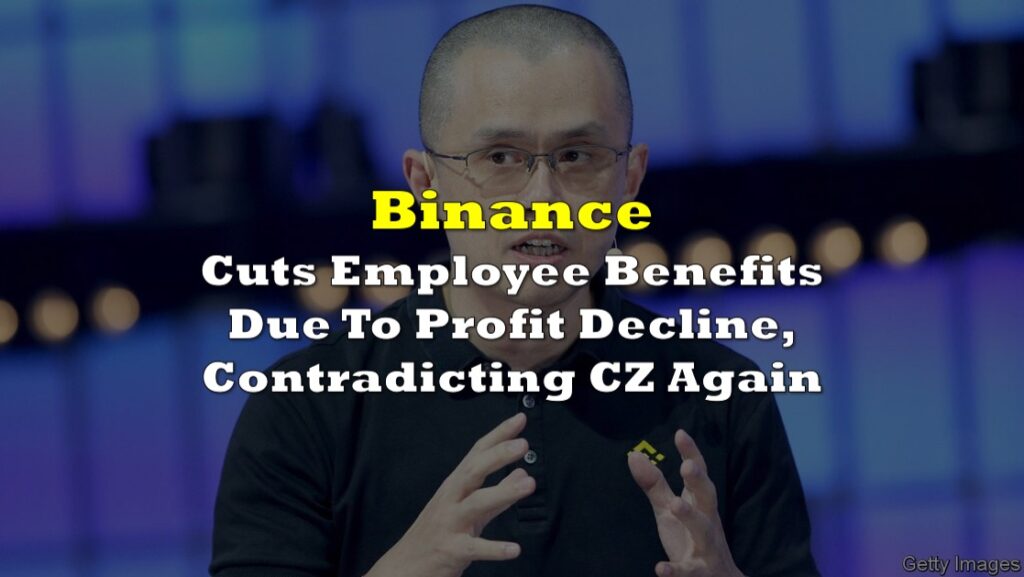When one person believes another can just cause the collapse of the whole industry, the world of crypto may just be the group chat of these young moguls.
A Signal group chat called “Exchange coordination,” Binance CEO Changpeng Zhao sent an alarming text accusing FTX founder Sam Bankman-Fried of destabilizing the industry the day before the troubled cryptocurrency exchange filed for bankruptcy.
Zhao specifically accused the FTX founder using Alameda to drive down the price of Tether’s stablecoin, whose price is designed to remain at $1.
“Stop trying to depeg stablecoins. And stop doing anything. Stop now, don’t cause more damage,” Zhao said.
The conflict arose as a result of moves by Bankman Fried’s trading firm, Alameda Research, which the Binance chief and others suspected were intended to destabilize tether, a stablecoin tethered to the US dollar. Because tether is so important in the crypto market, a dip in its price may have pulled down the price of other cryptocurrencies.
The failed exchange had launched a series of pushes online to campaign for a short position on Tether, which is now given a new light after the text message exchange has been revealed.
Sure seems like FTX was really pushing Tether critics to short Tether on FTX.
— Bitfinex’ed 🔥🐧 Κασσάνδρα 🏺 (@Bitfinexed) December 5, 2022
Fun Fact: Bitfinex/Tether always encouraged skeptics to short Tether on their own shitcoin casinos. One time they drove the price of Tether to $1,000 per Tether on Kraken, to liquidate short positions. pic.twitter.com/fb1x7j6nlk
In response, Bankman-Fried seemed bewildered: “Huh? What am I doing to stablecoins?” He added a question: “Are you claiming that you think that $250k of USDT trading would depeg it?”
Zhao replied that the issue was not the size of the trades, but the frequency of transactions, which, even if tiny in scale, might overwhelm market makers whose trading activity keeps tether valued at $1. If there are too many orders to sell a token at the same time, market makers may struggle to respond with buying, resulting in a price decline.
“My honest advice: stop doing everything,” Zhao replied. “Put on a suit, and go back to DC, and start to answer questions.”
“Thanks for the advice!” Bankman-Fried answered back.
It seems like SBF started trying to “attack” Tether. Maybe that’s why they threw him under the bus?
— Bitfinex’ed 🔥🐧 Κασσάνδρα 🏺 (@Bitfinexed) December 9, 2022
All exchanges sit in the same group channel and coordinate with each other.
https://t.co/MzSFeIX5L5
According to persons familiar with the talks, other members of the Signal group included Paolo Ardoino, chief technology officer of Tether Holdings Ltd., Justin Sun, founder of the crypto network Tron, and Kraken co-founder Jesse Powell, among others.
Ardoino eventually jumped in: “Just to be clear, we’ll redeem whatever amount of money comes to us. We’re solid.” According to one of the sources, he had already expressed worries on Nov. 10 that Alameda was attempting to drive down the price of tether and drag other cryptocurrencies with it.
Tether had already began to dip on the day of Zhao’s message, plummeting more than two cents from its regular $1 level. Meanwhile, FTX was on the verge of insolvency, with Bankman-Fried contacting possible rescuers in search of loans to fill a multibillion-dollar shortfall.
READ: Sam Bankman-Fried Thinks Another FTT Token Is The Solution
According to public blockchain data, Alameda borrowed more than a million tether, also known as USDT, from crypto loan platform Aave in various transactions on Nov. 10, including one for 250,000 tether that drew traders’ attention on social media. The hedge fund seemed to have exchange some of that tether for rival stablecoin USDC, raising worries that Alameda was attempting to devalue tether.
Bankman-Fried denied that Alameda tried to knock tether off its peg, dismissing Zhao’s concerns and calling the claims “absurd.”
“Trades of that size would not make a material impact on tether’s pricing, and to my knowledge neither myself nor Alameda has ever attempted to intentionally depeg tether or any other stablecoins. I have made a number of mistakes over the past year, but this is not one of them,” he told The Wall Street Journal.
Tether is facing an ongoing crypto asset litigation case against the stablecoin issuer and crypto exchange Bitfinex. It has been ordered by the court to produce the documents being requested by the plaintiff in an ongoing legal battle, including “those sufficient to establish USDT Reserves.”
After the court order was handed down, Tether immediately tried to downplay the recent development, saying it, “is a routine discovery order and does not in any way substantiate plaintiffs’ meritless claims.”
“We had already agreed to produce documents sufficient to establish the reserves backing USDT, and this dispute merely concerned the scope of documents to be produced,” the company said in its blog.
Down the line, the crux of the case would be on the actual reserves used to back the issued stablecoin USDT and if it was tied to US dollars as it has represented before. Whether the case would be dismissed if it was backed by other crypto assets–contrasting the “completely unbacked” argument–is also a point for discussion.
Information for this briefing was found via The Wall Street Journal, The New York Times, and the sources mentioned. The author has no securities or affiliations related to this organization. Not a recommendation to buy or sell. Always do additional research and consult a professional before purchasing a security. The author holds no licenses.









